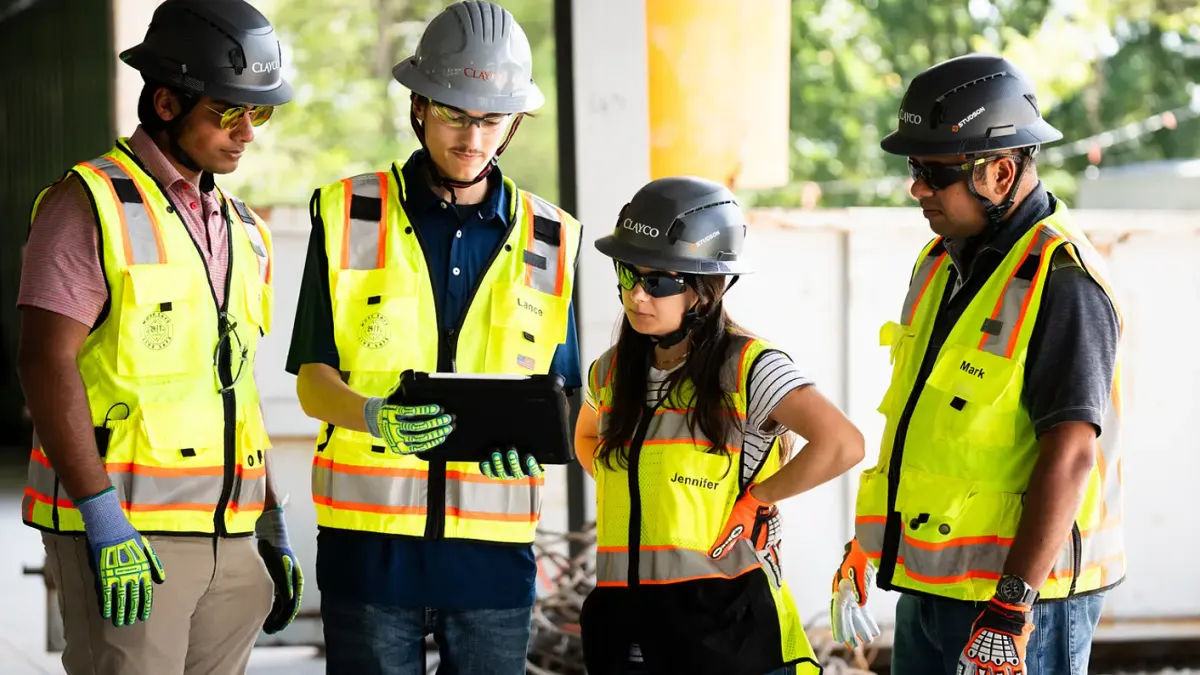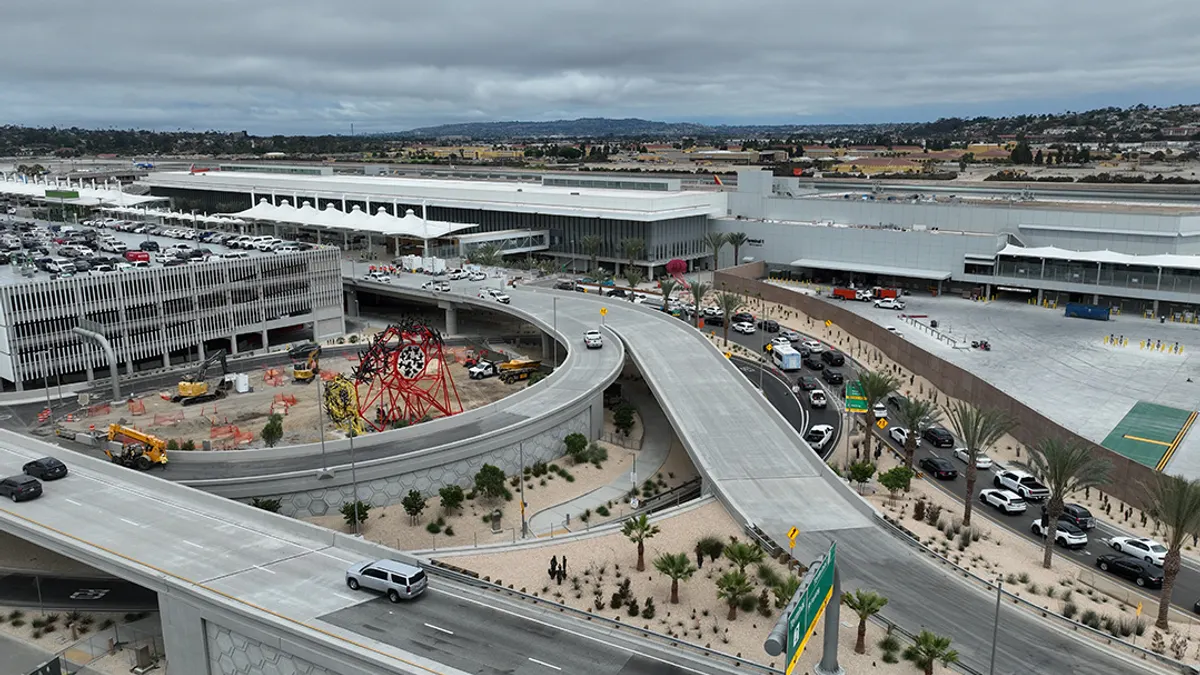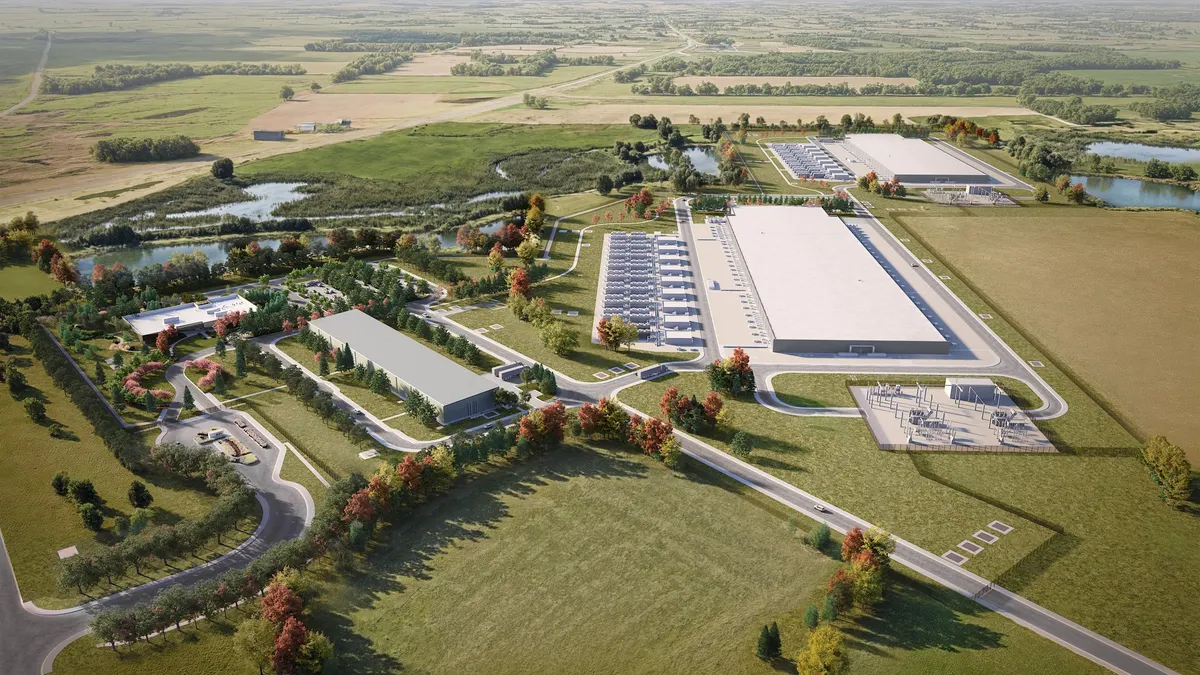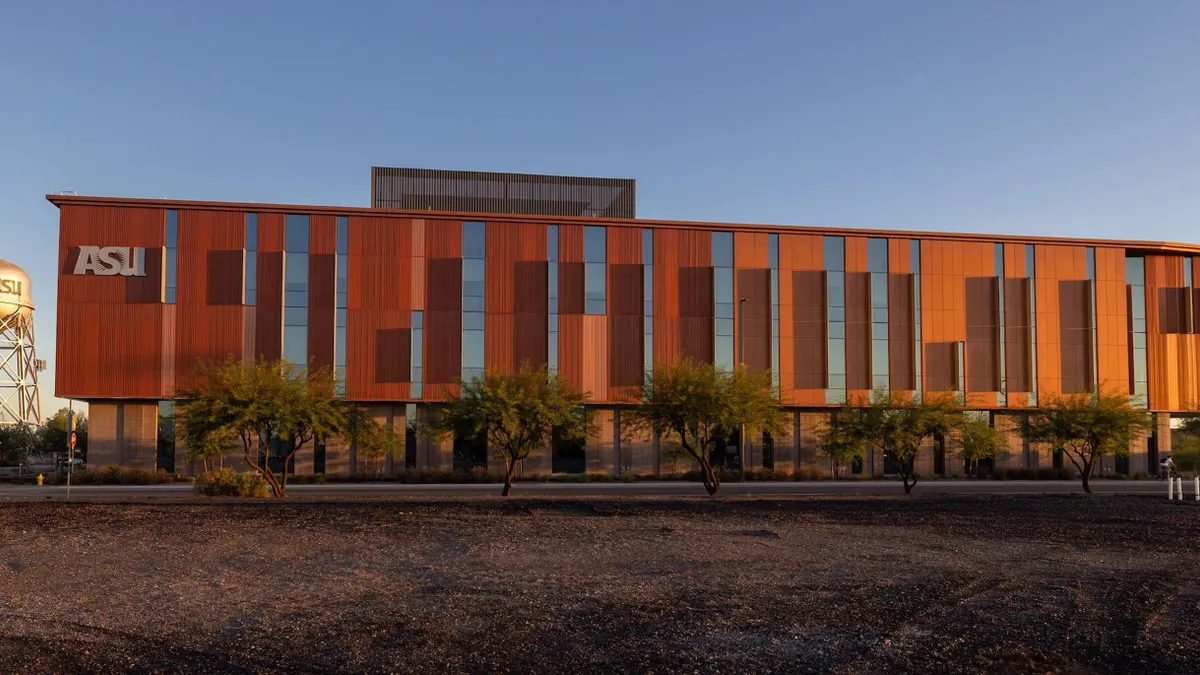Continued urban growth is pressing cities to find new ways to incorporate green space. That's not only so residents can kick back outdoors but also to manage stormwater runoff, air pollution and general environmental quality.
In North America today, green roofs and ample, ground-level gardens are the main ways developers are working this trend into projects. Green roofs can help insulate the structure, lowering energy bills. And a dense layer of foliage can prevent sewer systems from being overwhelmed during heavy rains. Many municipalities even offer tax breaks to owners who incorporate such features.
Elsewhere in the world, particularly in tropical climates, greenery is making its way up the building. Set into high rises, these pockets of foliage bring more green space to dense metros. Although they're catching on outside that region, whether they'll firmly take root in the U.S. is still uncertain.
What is a sky garden?
The move toward sky gardens — lush greenery set throughout a high-rise's public spaces, particularly inset in the facade — got a significant boost in Singapore, said Tim Johnson of Miami-based Fernando Wong Outdoor Living Design. "If you build something there, you’ve got to replace 100% of the [destroyed] landscaping," Johnson said. Because buildable land in the island city-state is limited, that often means adding green space to the building itself.
Singapore gives owners the push to incorporate greenery in their structures. New construction in Singapore must comply with the Green Mark building certification, which is similar to LEED but is tailored to the significant air-cooling needs of buildings in the tropics and sub-tropics. Other initiatives include the Skyrise Greenery Incentive Scheme, which offers financial support for such projects, and the Landscaping for Urban Spaces and High-Rises program, which coordinates multiple such initiatives in Singapore.
In addition to their environmental contributions, the resulting gardens create community space for locals that are used to multigenerational living, often in apartment-style accommodations, Johnson said. Elevated gardens also provide the opportunity for a cross breeze, which means less air-conditioned space. That offers energy-saving potential in a climate that is hot and humid year-round.
Could this work here?
Energy costs in the U.S. are low enough that air-cooling savings alone would not drive building owners to invest in such lush features. However, cisterns that capture rain water and irrigate plants could draw interest in water-conservation areas, Johnson said. Additionally, the goal of a building certification such as LEED could cause owners to request sky gardens be included in tower design as well.
Yet sky gardens' value proposition here is still being ironed out.
Chris Mutter, a project manager with landscape design firm HGOR, in Atlanta, said the idea of moving greenery from the ground to the top of a high-rise is not all that sustainable. "Any time you get up in the air, the word ‘sustainability’ is thrown around, but these concepts are contradictory to sustainability," he said. More water is necessary because the sun will dry the greenery up faster at elevated heights, so sustainability would enter the picture with the choice of irrigation system.
One reason sky gardens are so popular in tropical and subtropical climates is due to the frequent rain showers there, which provide natural irrigation. The need for a consistent climate to support vegetation that largely maintains itself year-round is another factor that could limit where in the U.S. exterior vertical greenery is a worthwhile endeavor. Temperate climates like California's or tropical and subtropical zones like those in Florida could make sky gardens feasible there, said Maureen Baker, an associate at Mancini Duffy in New York City.
Still, across most of the country, the concept of "sky gardens" is likely to remain limited to green roofs or a building atrium for the time being, HGOR Project Manager Lauren Standish said.
That's in part because U.S. cities aren't as squeezed for space — just yet — as they are in Singapore and elsewhere in Asia. On the flip side, she said, many cities, like Atlanta, have room to grow, so they haven't felt the pressure to go vertical with parks and other green features.
Another obstacle, Mutter said, is maintenance.
"If you have an office tower or condo tower, you can design the most wonderful thing, but you have to have the ability for someone to take a mower to it," Mutter said. Limited physical access prevents hauling the necessary landscaping equipment up to terraces and other gardens throughout a building. That could make plans for such spaces a nonstarter.
Using natural, durable vegetation could reduce some of that burden. "Part of the beauty in sky gardens is the natural wildness of them, as if they have grown on their own from the landscape, a continuation of their ground-level counterparts," she said. "In many ways, they shouldn't be designed to be high maintenance, it takes away from the delight of experiencing vegetation so many stories in the air."
Wind can also blow back plans for vertical gardens.
"If you have [green space] on a building five stories high, it's very different on a skyscraper," Wong said. He added that a tower-high garden might necessitate a feature like a glass shield to protect plants from being buffeted by high winds.
This is especially true for edible gardens, Baker. "[They] require a level of attention and participation that can be hard to come by without a designated team or responsible party," she said. Although there are several successful ground-level co-op gardens in New York City, "trying to recreate that kind of experience 40 stories up in the air could create complications," she said.
"Any time you get up in the air, the word 'sustainability' is thrown around, but these concepts are contradictory to sustainability."

Chris Mutter
Project manager, HGOR
The desire to grow one's own food, or at least know where it comes from, is growing, Baker said. So it would not be a surprise to see building occupants in the future be willing to tend a larger garden in return for its benefits. That could eventually drive support for sky gardens.
Whether greenery is likely to move into the facades of North American buildings depends on what the project wants to achieve.
"The opportunity is about creating the experience," Mutter said. "There's no difference up in the air [than] on the ground."
Baker disagrees. "The desire to find something green and alive when you're in a city built by stone and concrete and metal is not unique to any one place," she said. "It's human nature."



















